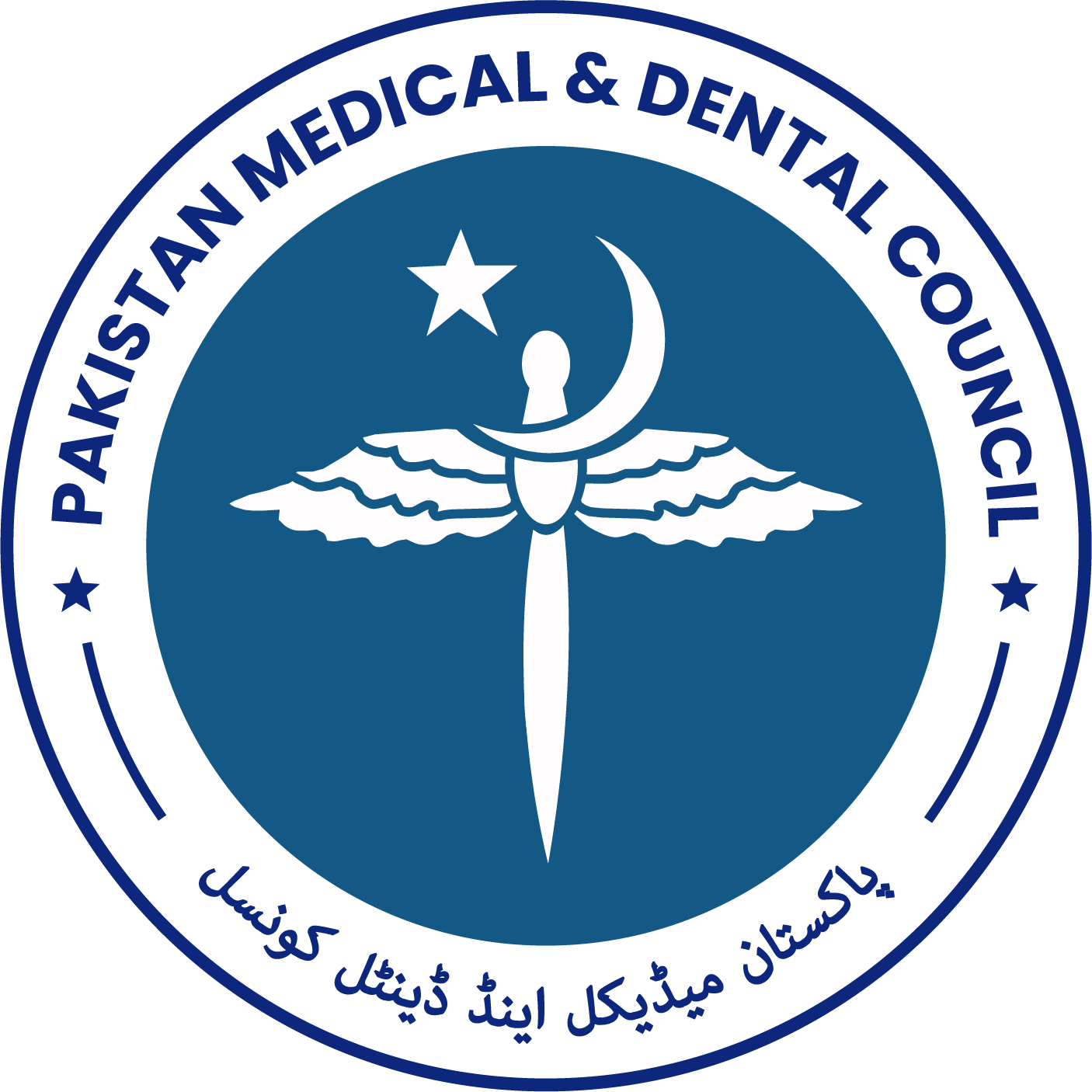Tympanoplasty: A Comparative Cross-sectional Study to Assess the Predictors of Surgical Success at a Tertiary Care Setting in Karachi
Abstract
Objective: To determine the factors that could affect the success of tympanoplasty and the surgical outcomes
at a tertiary care hospital in Karachi.
Study Design: Comparative cross-sectional study design.
Place and Duration of Study: The study was carried out at the Department of ENT, Head and Neck Surgery, Dow University of Health Sciences, Dr. K.M Ruth Pfau Civil Hospital Karachi, Pakistan from January 2021 to January 2022.
Methods: Fifty-two patients with chronic otitis media without cholesteatoma (COMNC) who had
tympanoplasty (underlay, inlay with graft) were included in this study. The examiner assessed the patients by
assessment protocol that included patients who presented signs and symptoms with NCCOM with detailed
history taking, a targeted physical exam (Rhinoscopy and otoscopy), nasofibroscopy, an audiogram, and video
documentation via video-otoscopy to better visualize the tympanic membrane perforation. Descriptive
statistics were applied to all parameters. The parameters under investigation were compared by using the chisquare test, and the Whitney U test or the Wilcoxon Rank Sum Test statistical were used for stratification
considering P-value ≤ 0.05 as significant.
Results: Tympanic membrane perforations were significantly affected by factors such as age, location, and size
of the perforation, number of ear infections per year, family history of hearing loss and otorrhea, history, the
status of tympanic cavity, graft type, Surgery success rate, the graft, technique, or access used. The closure
success rate was 73.1%.
Conclusion: Our study concluded that the factors that interfere with tympanic membrane restoration were
statistically significant. After the initial surgery, the closure success rate was 73.1% with audiometric Gain.
Copyright (c) 2024 Tahira Ikram, Nida Khan, Junaid Hussain, Syeda Uzma Naqvi, Muhammad Tayyab Rasheed, Aiman Fatima Naqvi

This work is licensed under a Creative Commons Attribution-NonCommercial 4.0 International License.















